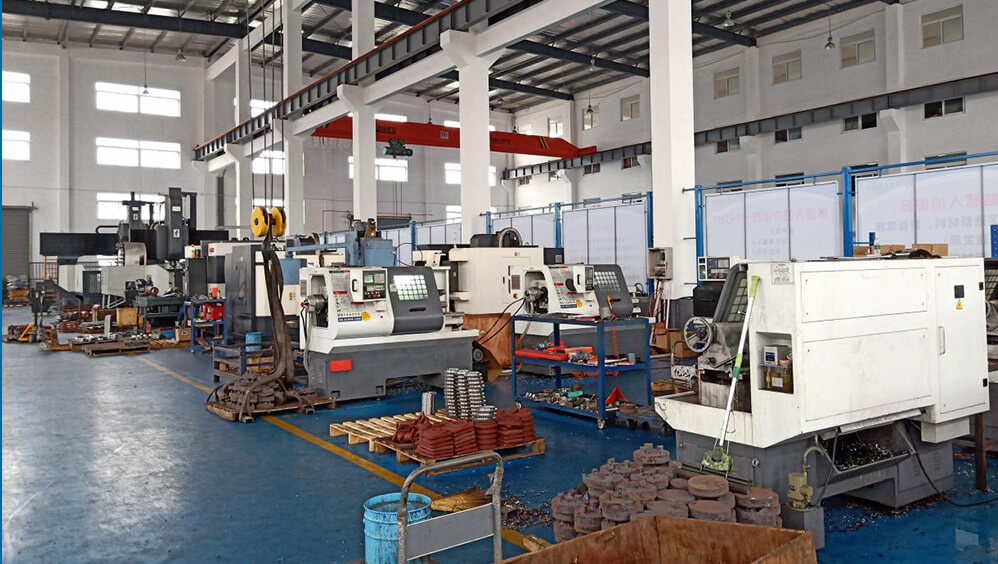Feb. 22, 24
The sintering process has a crucial influence on the final result of the ceramic. When manufacturing different types of industrial ceramics, it is important to choose the right sintering method for the different property requirements.

Atmospheric pressure sintering is one of the most commonly used sintering methods. It is a method of heating and sintering ceramic products at atmospheric pressure (i.e., no additional pressure is required during the sintering process) by adding suitable sintering aids.
The disadvantages of atmospheric pressure sintering are high sintering temperature, high kiln requirements and high energy waste.
Hot-press sintering is a method of sintering ceramic powders that are difficult to sinter. The ceramic powder is filled into the mold cavity and then heated from the uniaxial direction while being pressed, i.e., molding and sintering are performed simultaneously.
The ceramic powder is in a thermoplastic state during the sintering process, which is conducive to particle contact, diffusion and flow, so the molding pressure is lower; it also reduces the sintering temperature and shortens the sintering time.
This refers to the method of sintering ceramic materials by the mutual reaction of the gas or liquid phase with the substrate. The most typical products are reaction sintered silicon carbide and reaction sintered silicon nitride ceramics. The advantage of this sintering method is that the process is simple, the product can be slightly processed or unprocessed, and it is also possible to produce products with complex shapes. The disadvantages are that unreacted chemicals remain in the product, the structure is not easily controlled, and overly thick products are not easily sintered completely.
The production of some advanced ceramic materials (e.g. UHTC) requires special heat treatments, which are usually carried out using specific furnaces capable of guaranteeing an inert atmosphere (usually Ar or N2), and some pressure can be applied.
The GPS technique features a series of organics sintered at low pressure, sintered at atmospheric pressure to a state where only closed pores are present in the material, and finally an increase in pressure that leads to further densification and faster elimination of residual porosity.
There are two main methods: sputtering deposition and evaporation deposition. The sputtering method involves bombarding a flat target with an electron beam in a vacuum, and the target atoms are excited and coated on the sample substrate. The chemical vapor deposition method introduces reaction gases and gas mixtures while heating the substrate material, and deposits the material produced by high-temperature decomposition or reaction onto the substrate to form a dense material.
HAOYUE has been focusing on semiconductor materials, carbon materials, advanced ceramics and composites, and lithium battery materials. To know more details about our sintering furnace, please contact us today.